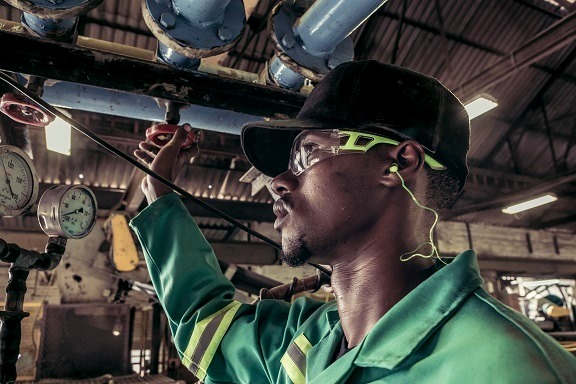Uncategorized
Do your safety glasses have the right lenses for the job?
Safety glasses and goggles have come a long way. They don’t just protect the eyes from flying particles or impact; they also help reduce eye fatigue. Sometimes all you need is a clear lens, but when there are multiple light sources, high light intensity or other hazards then you need a specific lens.
If it’s important to you that workers can see what they are doing, buy the right lenses for the job. If productivity and safety isn’t a big deal, keep doing what you’re doing.
Lenses should also protect against:
Impact
Eye protection needs to not only cover eyes, but protect them from projectiles and fragments. ANSI Z87.1 2015+ states that lenses must be a minimum of 2.0 mm with no
maximum thickness limits. These’s also a military ballistics standard MIL-PRF-31013 for spectacles and MIL-DTL-43511D for goggles.
Radiation
If an employee works with hazardous radiation I the form of welding, lasers, fiber optics, soldering, brazing, ultraviolet or infrared light certain lenses must be used. It’s best to choose a lens that protect against the maximum intensity that a worker may face.
Anti- fogging
To avoid obscured vision, coatings are often applied to the inside and outside of safety eyewear and that help prevent fogging from both body heat and the environment.
Debris
A foam gasket on a pair of safety glasses can provide a better seal that is ideal for non-chemical and dust environments. They prevent debris from entering any gaps in eyewear and provide a more snug fit.
Reference
Elevator Safety, Do your safety glasses have the right lenses for the job, viewed 18 July 2017, < https://www.quadcitysafety.com/elevator/blog/eye-protection-safety-lens-what-do-they-protect-against/>


